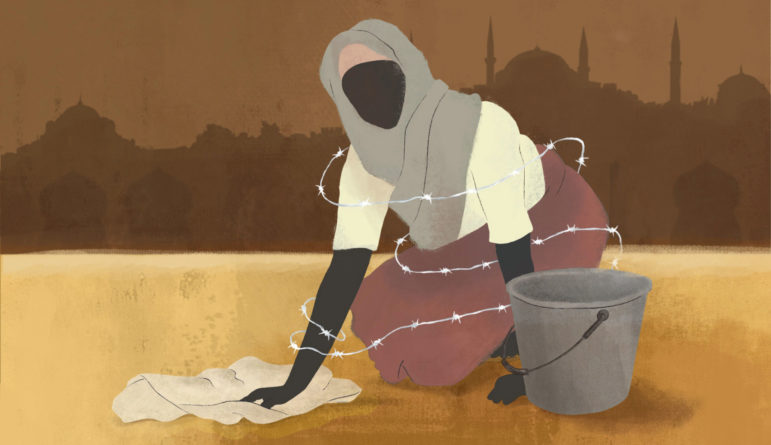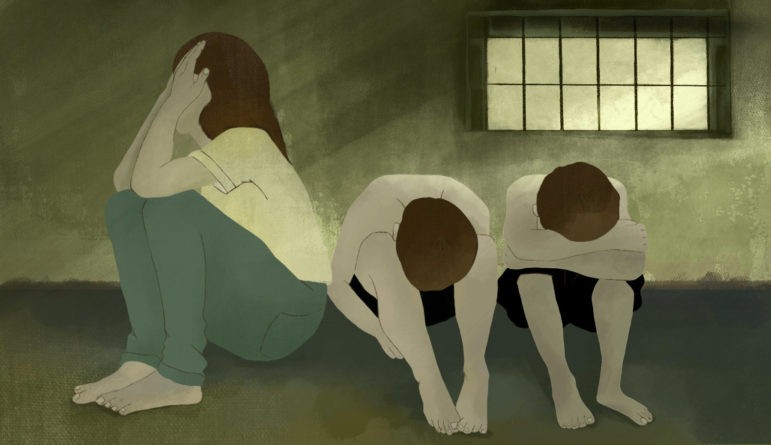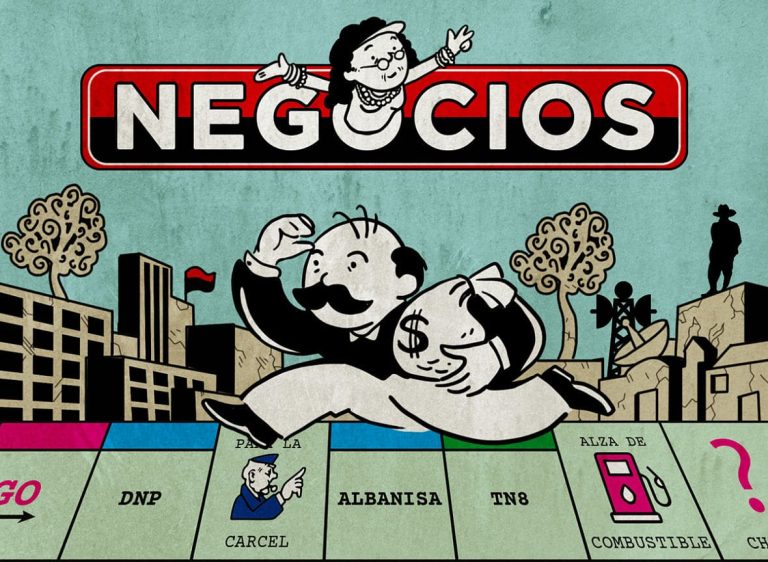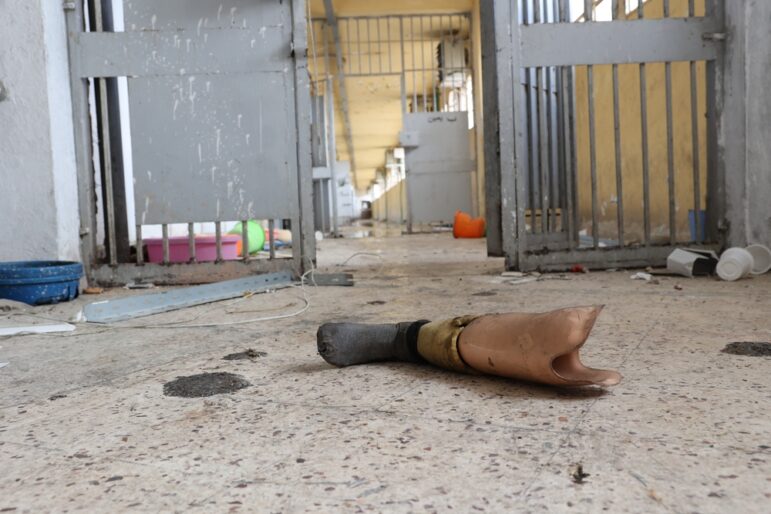

Illustration: Marcelle Luow for GIJN
Introduction: GIJN Guide to Reporting on Migration in the Gulf Arab Countries
Read this article in
Chapter Guide Resource
Introduction: GIJN Guide to Reporting on Migration in the Gulf Arab Countries
Chapter Guide Resource
Chapter 1 – Best Practices and Suggested Topics in the COVID Era
Chapter Guide Resource
Chapter 2 – COVID-19 and Migrant Workers in the Gulf
Chapter Guide Resource
Chapter 3 – Statistics and Studies
Chapter Guide Resource
Chapter 4 – Essential Reading
Chapter Guide Resource
Chapter 5 – Experts Guide
Chapter Guide Resource
Chapter 6 – Trafficking Case Studies
Chapter Guide Resource
Chapter 7 – First-Hand Reporting Accounts
Chapter Guide Resource
Chapter 8 – Key Terms
Chapter Guide Resource
Chapter 9 – Trafficking and Forced Labor Glossary
Chapter Guide Resource
Chapter 10 – Reporting Guide for Bahrain
Chapter Guide Resource
Chapter 11 – Reporting Guide for Kuwait
Chapter Guide Resource
Chapter 12 – Reporting Guide for Oman
Chapter Guide Resource
Chapter 13 – Reporting Guide for Qatar
Chapter Guide Resource
Chapter 14 – Reporting Guide for Saudi Arabia
Chapter Guide Resource
Chapter 15 – Reporting Guide for United Arab Emirates
INTRODUCTION
More than 23 million migrant workers live in the six Middle Eastern countries that make up the political and economic alliance known as the Gulf Cooperation Council (GCC): Saudi Arabia, Kuwait, the United Arab Emirates, Qatar, Bahrain, and Oman. Unfortunately, abuse of these workers is widespread, mostly due to the legal framework of the kafala sponsorship system — the legal framework defining the relationship between migrant workers and their employers — which can result in contract violations and dangerous working conditions, benefit unscrupulous traffickers, and cause discord among brokers and employers. Media outlets, both local and international, have generally struggled to closely cover human trafficking and forced labor in the region, however, because of the restrictions on press freedom, security concerns, and threats of detention or deportation. For these reasons, GIJN, in collaboration with Migrant-Rights.org, has updated and expanded this multilingual guide to educate journalists on best practices, tools, and country-specific resources, all against the backdrop of the ongoing COVID-19 pandemic.
Illustrations are by Marcelle Louw. Project manager was Majdoleen Hasan. Editing by Reed Richardson.























